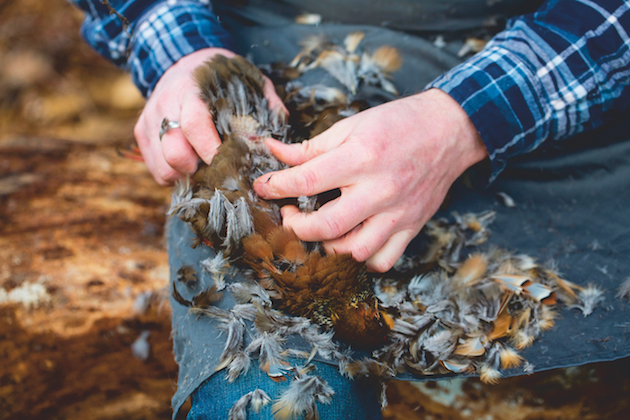How to prepare a pheasant – with Amy Willcock
Shooting Gazette’s food and lifestyle writer, Amy Willcock, shows you how to prepare a pheasant ready for cooking.
Win CENS ProFlex DX5 earplugs worth £1,149 – enter here
 FWGDTE A man sitting plucking feathers from a game bird carcass.
FWGDTE A man sitting plucking feathers from a game bird carcass.
If you have never attempted plucking a pheasant before, let me suggest that you start outdoors. You’ll want a chair for the purpose, and a bin liner for the feathers – tucked into a bin is best – a bit of time to yourself and a complete absence of dogs, who always make things much more complicated and much less tidy.
Shooting Gazette’s food and lifestyle writer, Amy Willcock, shows you how to prepare a pheasant ready for cooking.
This is another way to prepare a pheasant.
Get the latest news delivered direct to your door
Discover the ultimate companion for field sports enthusiasts with Shooting Times & Country Magazine, the UK’s leading weekly publication that has been at the forefront of shooting culture since 1882. Subscribers gain access to expert tips, comprehensive gear reviews, seasonal advice and a vibrant community of like-minded shooters.
Save on shop price when you subscribe with weekly issues featuring in-depth articles on gundog training, exclusive member offers and access to the digital back issue library. A Shooting Times & Country subscription is more than a magazine, don’t just read about the countryside; immerse yourself in its most authoritative and engaging publication.

